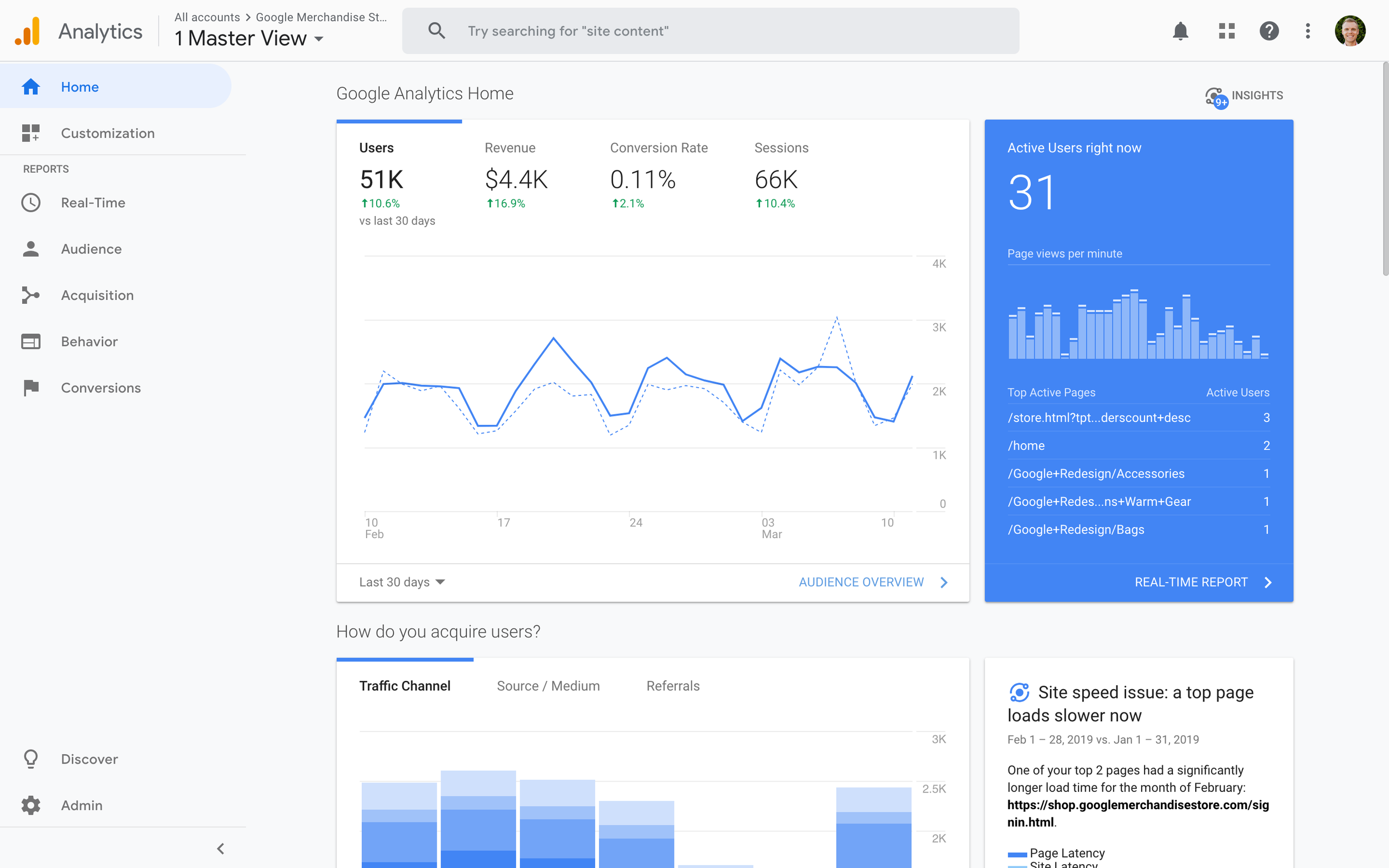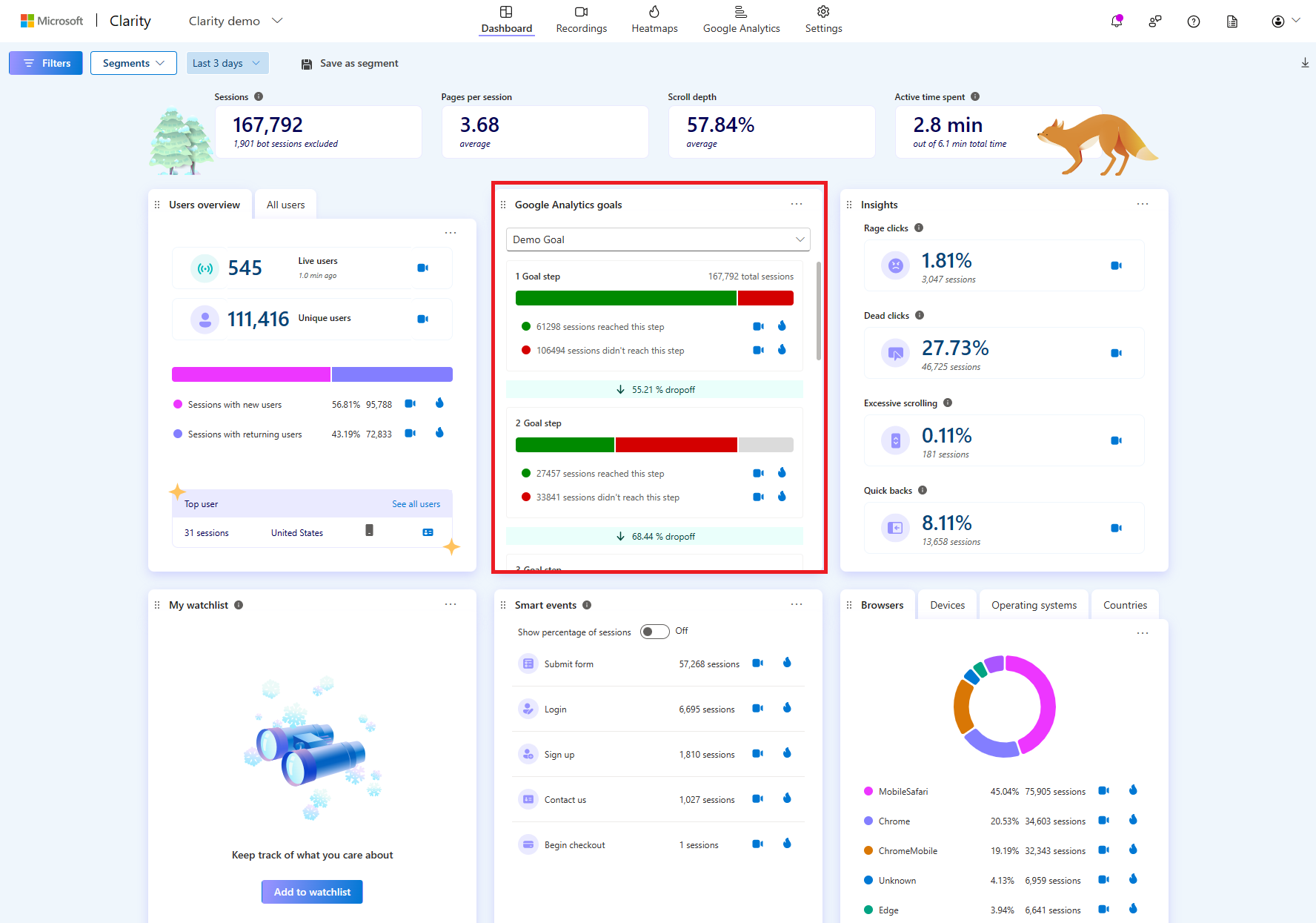Demystifying Google Analytics Limitations: Uncover What Information Goals Can not Track
In the world of digital analytics, Google Analytics stands as a powerful device that offers important understandings into website efficiency and customer habits. From the details of individual interaction with dynamic content to the intricacies of cross-device user journeys, these limitations dropped light on areas that might remain obscured from standard analytics perspectives.

Individual Interaction With Dynamic Web Content
Individual interaction with dynamic web content plays a crucial role in recognizing user habits on websites and maximizing the overall individual experience. By tracking individual interactions with dynamic content, internet site proprietors can acquire useful insights right into user engagement, preferences, and behaviors - what data is google analytics goals unable to track.
Google Analytics offers different devices to track user interactions with vibrant web content, such as occasion monitoring and virtual pageviews. Occasion monitoring enables you to monitor particular customer actions, like clicking a switch or viewing a video, offering information on how users connect with vibrant components. Online pageviews can be utilized to track interactions that do not lead to a new web page load, giving a comprehensive view of user engagement with vibrant content. By assessing this information, internet site proprietors can make informed decisions to enhance customer experience and drive conversions.
Cross-Device User Journeys
Exactly how can modern-day analytics devices track the facility courses customers take across multiple devices in their on the internet trips? Cross-device individual journeys provide a significant difficulty for monitoring and evaluating user habits properly. As individuals interact with internet sites or applications using numerous gadgets such as tablets, desktop computers, and smart devices, it becomes essential to recognize how they move in between these systems to maximize individual experience efficiently.
Google Analytics faces limitations in tracking cross-device individual journeys because of personal privacy issues and technological restraints - what data is google analytics goals unable to track. While it can give understandings into private gadgets' interactions, tracking a smooth user journey across numerous gadgets stays an obstacle. This constraint can result in insufficient data and fragmented customer insights, making it challenging for organizations to produce a unified view of the consumer journey
To resolve this problem, businesses can make use of sophisticated analytics tools that use cross-device monitoring capacities, allowing them to get a much more holistic understanding of customer behavior. By leveraging these devices, companies can bridge the void in tracking cross-device user journeys and enhance their digital approaches for a seamless individual experience.
Offline Conversions and Attribution
As companies navigate the obstacles of tracking cross-device customer trips, an additional crucial facet to take into consideration is the world of offline conversions and acknowledgment in the world of information analytics. While Google Analytics offers useful understandings into on-line user behavior, it fails when it comes to tracking conversions that take place offline. This restriction positions a considerable challenge for organizations that have both online and offline sales channels.
Offline conversions, such as acquisitions made in physical shops or through call centers, are important to understanding the complete customer journey. Without the capability to associate these offline conversions to certain online interactions, organizations may battle to accurately gauge the impact of their electronic advertising and marketing efforts.
To address this space, companies can discover alternate solutions such as incorporating CRM systems with on-line analytics tools or utilizing special coupon codes that can be mapped back to on-line campaigns. By bridging the space in between online and offline data, services can obtain a much more detailed understanding of their consumers' behavior and enhance their overall advertising strategies.
Person User Recognition
In the world of information analytics, the capability to precisely recognize private customers across numerous online touchpoints is a vital obstacle for services looking for to individualize and maximize their marketing methods. While Google Analytics gives important understandings into user actions and interactions, it falls brief in making it possible for the identification of certain individuals because of privacy issues and technological limitations. Google Analytics uses special identifiers such as cookies to track individual sessions and behavior, but these do not correspond to determining specific users in a personal feeling.

Information From Secure Pages
In spite of the boosting frequency of protected pages on web sites, obtaining data from these encrypted resources provides an unique obstacle for digital analytics platforms like Google Analytics. Protect web pages, indicated by HTTPS in the link, secure information traded between the user's browser and the web site's web server to ensure privacy and safety and security. While this encryption site here is essential for safeguarding sensitive information, it also positions constraints for tracking individual behavior and event analytics information.
Google Analytics deals with challenges in collecting comprehensive information from safe web pages due to the encryption procedures in location. As a result, certain information factors such as recommendation sources, keyword searches, and even some customer interactions may not be completely recorded when customers access an internet site with a secure connection. This limitation can impact the accuracy and completeness of the data analysis, causing gaps in comprehending individual habits and choices on safe and secure pages.
To view publisher site navigate this difficulty, digital analysts may need to discover alternate monitoring methods or utilize various other devices particularly developed to gather understandings from safe pages. By adapting techniques to accommodate these restrictions, services can still acquire useful analytics despite the constraints provided by encrypted connections.
Final Thought
Finally, Google Analytics has restrictions in tracking user interaction with dynamic material, cross-device customer trips, offline conversions, specific customer identification, and information from protected pages. These limitations hinder a thorough understanding of customer actions and might cause spaces in data analysis. Despite its valuable understandings, Google Analytics might not supply a complete photo of individual involvement across different touchpoints. It is necessary for companies to be knowledgeable about these limitations and think about additional devices for an extra alternative sight of their information.
User interaction with dynamic web content plays a critical function in understanding individual behavior on sites and optimizing the general user experience. By tracking individual communications with dynamic web content, website proprietors can get important understandings into user involvement, choices, and behaviors.
Google Analytics makes use of distinct identifiers such as cookies to track user sessions and habits, but these do not relate to determining specific customers in a personal feeling.
As a result, particular information factors such as reference sources, keyword searches, and even some customer interactions might not be completely captured when users access a site with a safe and secure link.In final thought, Google Analytics has limitations in tracking user click here to read communication with vibrant web content, cross-device customer journeys, offline conversions, specific user recognition, and data from safe web pages.
Comments on “What Data Is Google Analytics Goals Unable to Track: A Complete Overview”